-
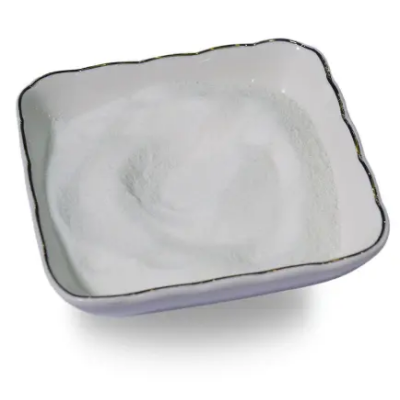
1-(4-Aminophenyl)-3-oxocyclobutane-1-carboxylic acid CAS:1691747-12-2
1-(4-Aminophenyl)-3-oxocyclobutane-1-carboxylic acid is a chemical compound of interest in organic synthesis and pharmaceutical research. It belongs to the class of cyclobutanone derivatives and features an aminophenyl group and a carboxylic acid functionality. This compound holds promise in medicinal chemistry and drug discovery due to its unique structural characteristics, which offer opportunities for the development of bioactive molecules targeting diverse biological pathways.
-

(S)-6-(2-methylpyrrolidin-1-yl)nicotinonitrile CAS:3026596-75-5
(S)-6-(2-methylpyrrolidin-1-yl)nicotinonitrile is a chemical compound with diverse applications in organic synthesis and pharmaceutical research. Belonging to the class of nicotinonitrile derivatives, it features a pyrrolidinyl group attached to a nicotinonitrile moiety. This compound’s structural complexity and potential for molecular modification make it promising for the development of bioactive compounds with pharmaceutical relevance.
-
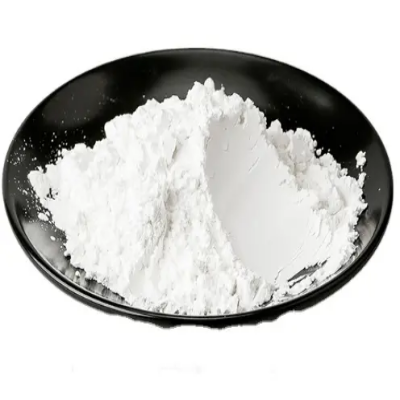
TRANS-DIBROMOBIS(TRIPHENYLPHOSPHINE)- CAS:22180-53-6
TRANS-DIBROMOBIS(TRIPHENYLPHOSPHINE)- is a coordination compound featuring a central metal atom bonded to two triphenylphosphine ligands and two bromide ions. It is widely recognized for its role as a versatile precursor in organometallic synthesis, particularly in the preparation of transition metal complexes for catalytic applications. The compound’s robust structure and reactivity make it a valuable building block in the synthesis of various organometallic complexes with diverse chemical and catalytic properties.
-
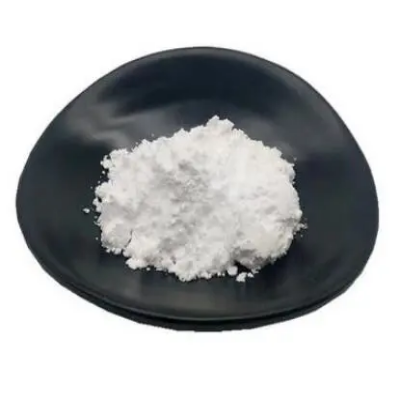
Tripotassium hexachlororhodate CAS:13845-07-3
Tripotassium hexachlororhodate is a coordination complex notable for its rhodium center surrounded by chloride ligands and potassium counterions. This compound is of interest in inorganic chemistry due to its unique structure and potential applications.
-
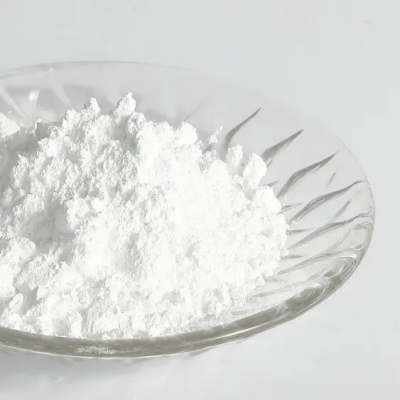
TETRAKIS(ACETONITRILE)PALLADIUM(II) TETRAFLUOROBORATE CAS:21797-13-7
TETRAKIS(ACETONITRILE)PALLADIUM(II) TETRAFLUOROBORATE is a coordination complex used as a precursor or catalyst in various organic transformations. Its molecular formula is Pd(CH3CN)42. This palladium compound is known for its stability and solubility in acetonitrile, making it a versatile reagent in organic synthesis. It is commonly employed in coupling reactions, such as Suzuki-Miyaura and Sonogashira couplings, due to its ability to facilitate carbon-carbon bond formation efficiently. The compound’s unique properties make it a valuable tool in modern organometallic chemistry.
-
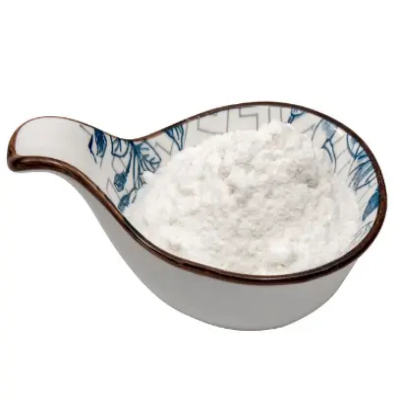
Rhodium(III) 2,4-pentanedionate CAS:14284-92-5
Rhodium(III) 2,4-pentanedionate is a coordination complex widely used in various catalytic reactions due to its unique properties. With its rhodium center coordinated by three acetylacetonate ligands, it serves as a versatile catalyst in organic synthesis, particularly in C-C bond formation, hydrogenation, and C-H activation reactions.
-
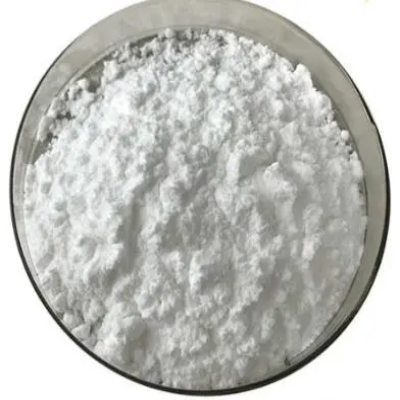
Palladium(II)-ammonium chloride CAS:13820-40-1
Palladium(II)-ammonium chloride is a coordination compound widely utilized in various catalytic reactions and organic transformations. Its composition, featuring palladium bound to ammonia and chloride, confers unique reactivity, making it valuable in synthetic chemistry.
-
![DICHLORO[(R)-(+)-2,2'-BIS(DIPHENYLPHOSPHINO)-1,1'-BINAPHTHYL]RUTHENIUM (II) CAS:134524-84-8](https://cdn.globalso.com/xindaobiotech/4E@POHLVQME@@GYL8.png)
DICHLORO[(R)-(+)-2,2'-BIS(DIPHENYLPHOSPHINO)-1,1'-BINAPHTHYL]RUTHENIUM (II) CAS:134524-84-8
DICHLORO[(R)-(+)-2,2'-BIS(DIPHENYLPHOSPHINO)-1,1'-BINAPHTHYL]RUTHENIUM (II) is a coordination complex containing a central ruthenium atom bonded to the chiral ligand (R)-(+)-2,2′-bis(diphenylphosphino)-1,1′-binaphthyl and two chloride ions. This compound is notable for its use as a catalyst in various asymmetric synthesis reactions. Its chiral nature imparts stereocontrol, enabling the selective formation of enantiomerically enriched products crucial in the preparation of pharmaceuticals and fine chemicals.
-
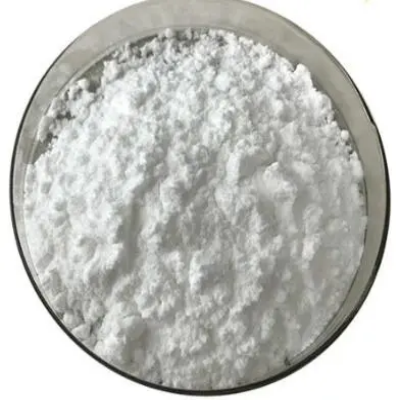
Dibromobis(tri-ortho-tolyphosphine)palladium(II) CAS:24554-43-6
Dibromobis(tri-ortho-tolyphosphine)palladium(II) is a coordination complex featuring palladium(II) as the central metal atom, coordinated with two bromide ligands and two tri-ortho-tolyphosphine ligands. It is renowned for its significance in various catalytic processes due to its distinctive structure and reactivity.
-
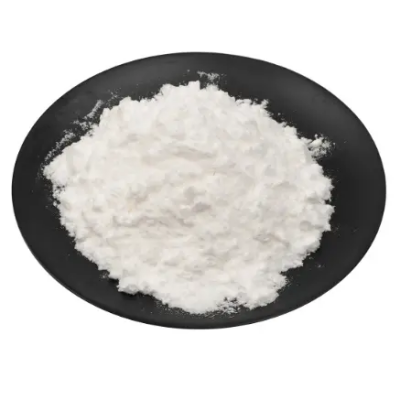
CROTYLPALLADIUM CHLORIDE DIMER CAS:12081-22-0
CROTYLPALLADIUM CHLORIDE DIMER is a coordination complex featuring two crotyl ligands bound to a central palladium atom with chloride ions. It is commonly used in organic synthesis as a catalyst for various cross-coupling reactions due to its unique reactivity and stability.
-
![Di-chlorobis[(1,2,3-)-1-phenyl-2-propenyl]dipalladium(II) CAS:12131-44-1](https://cdn.globalso.com/xindaobiotech/WO70D3S3M@H2JIKQ44.png)
Di-chlorobis[(1,2,3-)-1-phenyl-2-propenyl]dipalladium(II) CAS:12131-44-1
Di-chlorobis[(1,2,3-)-1-phenyl-2-propenyl]dipalladium(II) is a chemical compound used in organic synthesis as a catalyst for various reactions. Its molecular formula is Pd2Cl2(C9H9)2. This complex palladium compound plays a crucial role in cross-coupling reactions, particularly in the formation of carbon-carbon bonds. It is widely employed in the pharmaceutical industry for the synthesis of complex molecules and in academic research for exploring new synthetic methodologies. Its unique structure and reactivity make it a valuable tool in the field of organometallic chemistry.
-
![DICHLORO[1,3-BIS(DIPHENYLPHOSPHINO)PROPANE]PALLADIUM(II) CAS:59831-02-6](https://cdn.globalso.com/xindaobiotech/7LVCT9VXBEN4TVS1KO0M38.png)
DICHLORO[1,3-BIS(DIPHENYLPHOSPHINO)PROPANE]PALLADIUM(II) CAS:59831-02-6
DICHLORO[1,3-BIS(DIPHENYLPHOSPHINO)PROPANE]PALLADIUM(II) is a palladium complex with the chemical formula PdCl2(dppp), where dppp denotes the ligand 1,3-bis(diphenylphosphino)propane. This coordination compound is widely used as a catalyst in various organic transformations due to its ability to facilitate carbon-carbon bond formation efficiently. Its unique structure and reactivity make it a valuable tool in organometallic catalysis, particularly in cross-coupling reactions like Suzuki-Miyaura and Stille couplings. DICHLORO[1,3-BIS(DIPHENYLPHOSPHINO)PROPANE]PALLADIUM(II) plays a significant role in the synthesis of complex organic molecules with high selectivity and yield.

